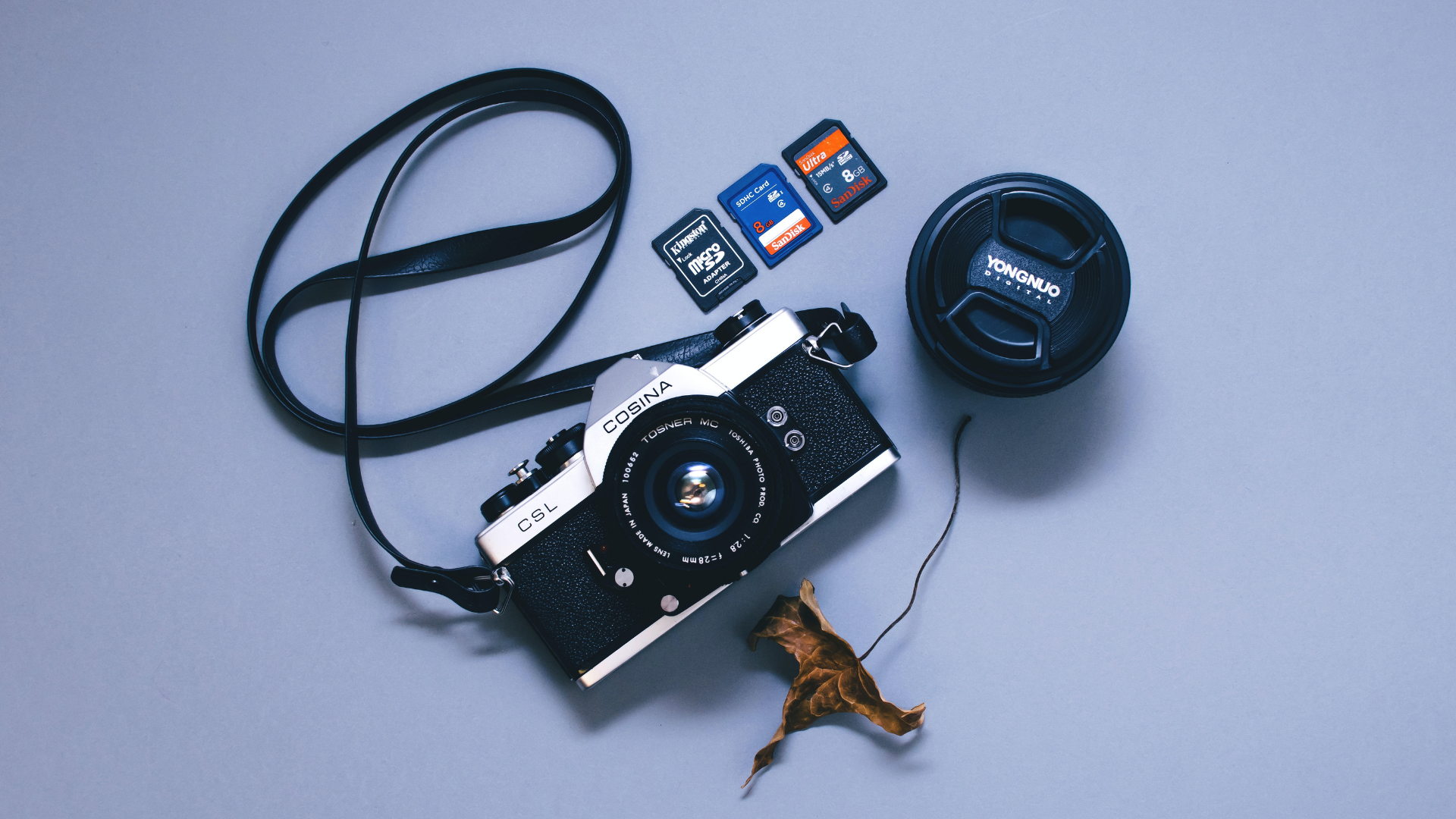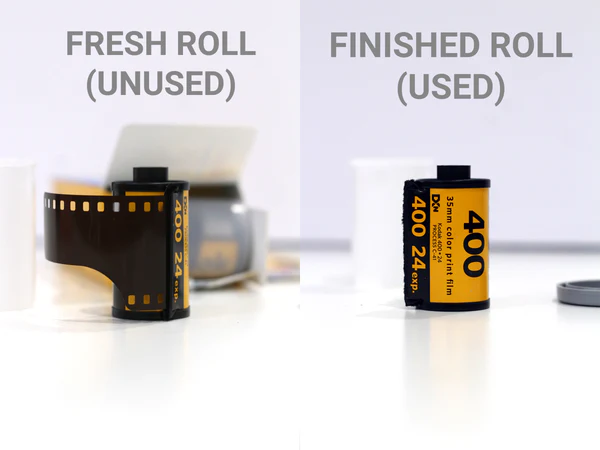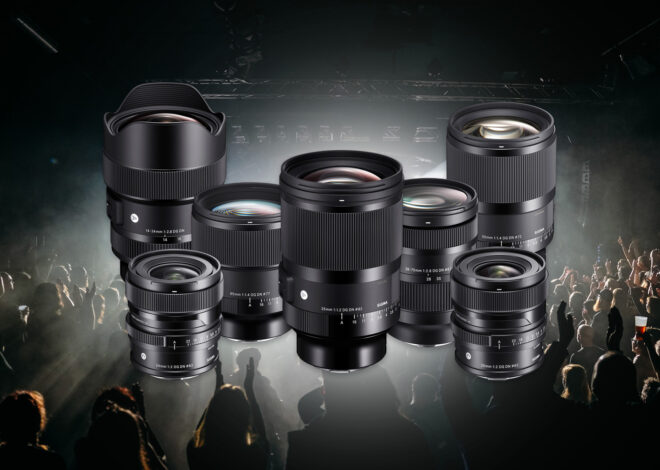
Micro 4/3 vs 1 Inch: Which Camera Sensor is right for you?
As an Amazon Associate, I earn from qualifying purchases.
For a long time, a 1-inch sensor has optimized the portability of cameras. People who are eager to shoot on the street and their travels mainly go for the cameras with a 1-inch sensor.
The cameras with a micro 4/3 sensor are more like a small cropped frame mirrorless camera. It is also great for being portable and it has a decent amount of lens collection.
This article will guide you to choose one between micro 4/3 vs 1 inch. And which one for who. I will explain the differences that make the sensors different.
Micro 4/3 vs 1 Inch: Quick comparison table
Here are some key differences between Micro 4/3 vs 1 Inch
| Features | Micro 4/3 | 1 Inch |
| Diagonal (mm) | 21.60 | 15.86 |
| Width (mm) | 17.30 | 13.20 |
| Height (mm) | 13 | 8.80 |
| Sensor Area (In sq. mm) | 225 | 116 |
| The full Sensor area is x times bigger | 3.8 | 7.4 |
| Diagonal Crop Factor * Versus Full Frame | 2.0 | 2.7 |
| Cameras | Olympus OM-D E-M1, Panasonic Lumix GH6, Panasonic Lumix GH5 II, Olympus OM-D M5 Mark III, Panasonic Lumix G9, Panasonic Lumix GX9 | Sony RX100, RX10, Nikon CX, Panasonic ZS100, ZS200, FZ1000 |
What is the key difference between Micro 4/3 vs 1 INCH?
There is a lot to cover if I address the difference between micro 4/3 vs 1 inch.
The sensor size is the main component of a camera. The Price, Photo video quality, and the overall photographic experience depend on the sensor.
If the sensor gets damaged physically the camera is dead.
Here I will discuss some of the key differences between micro 4/3 vs 1-inch sensors.
The Price:
The cameras with a Micro 4/3 sensor comparatively come at a higher price than the cameras with a 1-inch sensor.
For example, the Panasonic Lumix G9 costs around $1000.
And Panasonic Lumix ZS100 costs around $500.
The G9 has a Micro 4/3 sensor and ZS100 has a 1-inch sensor.
If I compare the price here the cameras with the 1-inch sensor is the winner.
Sensor size difference:
If you see the image you will see there is a significant amount of difference in size.
A bigger sensor means more light can get captured, better dynamic range, good aperture, and better footage.
If you shoot low light photography you will notice there is a visible difference between micro 4/3 vs 1-inch sensor. The Micro 4/3 will capture a brighter image than the 1-inch sensor.
So in terms of sensor size and photography, no wonder the bigger micro 4/3 sensor will win.
Portability:
The cameras with 1-inch sensors are very portable and small in size. They are more like portable cameras to record vlogs and your outdoor experience. They come with a fixed lens with a decent amount of zoom.
Nowadays professional drones which use for photography also come with 1-inch sensors. The Sensor allows photographers to take clear footage from a high altitude.
Whereas the micro 4/3 sensor is like a small mirrorless camera. These cameras are not very small compared to the cameras with a 1-inch sensor.
The 4/3 cameras come with a decent amount of lenses. They are very portable with you compare them to the full-size sensor camera. Almost they are half in size.
So based on portability and size they both are the same. Because they are lightweight and can be used with one hand.
Micro 4/3 vs 1 INCH: Which One To Choose?
If I come to answer the most question of the article I will say that it depends on your need.
If you want to have a camera with good features and portability both sensors do a great job. But if you want to carry it in your pocket and want a fixed lens with nice optical zoom, the 1-inch sensor will be good for you.
And if you want to have a camera with detachable lenses and good picture quality the micro 4/3 should be your go-to thing.
Nowadays there are cameras marketed as 1-inch type sensor which are like 1-inch sensor but has a large crop factor.
So you should be aware of what you are choosing.
How large is a 1-inch sensor
The 1-inch sensors are mainly 13.2mm X 8.8mm in dimension. And diagonally they are about 15.9mm.
(source: mkbhd)
You may wonder why the 1-inch sensor is 0.63 inches diagonally where it should be 1 inch.
You can blame the old cathode ray tubes for measuring the diagonal of the sensors. And of course, you can blame the marketing technique of the sensors.
But the working principle of the camera and the sensor don’t contradict the size of the sensors. So you can chill having in your mind you are using a good camera.
And to make you clear if you measure the micro 4/3 sensors you won’t get the true 1 inch diagonally.
Because it is tough to understand the sensor sizes and the working area or it.
That is why manufacturers are referring to the 1-inch sensors as 1-inch type sensors. So that they can avoid further questions regarding the size of the sensors.
Final Words
I hope the confusion between Micro 4/3 vs 1 INCH is clear now. I have tried to cover the major things that differentiate the two sensors.
I tried to cover all the details regarding the two sensors. None of them are bad. If you have a hobby of taking photos to keep your memories alive they both are great sensors to look after.
But the price and some of the features make them different in terms of the real world. I hope this article will guide you to choose your sensor.
Related Posts:



